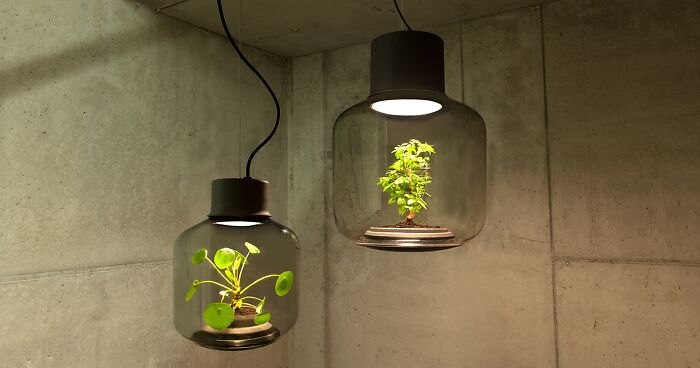
We Designed These Lamps To Grow Plants In Windowless Spaces
We think that indoor plants are playing an increasingly significant role in our urban environment. The conditions for growing have always been an intensive care and plenty of natural light.
So we decided to design the mygdal plant light to greenery to grow in windowless spaces like hotels or restaurants. This lamp design doesn’t require any human care like ventilation or irrigation. The plant light makes use of the physical similarity between Led and sunlight. Thus, the house plants can perform photosynthesis.
The luminaire is a completely self-sustaining ecosystem where the cool plants can grow undisturbed for years. The room lighting provides a new type of electrically conductive glass coating (patent requested), which is able to stream the electricity invisible along the surface. There is no longer a cable connection between the power source and the Led necessary. This clever design opens up absolutely new opportunities in greenery at home.
More info: Facebook
How the lamp was made:
103Kviews
Share on FacebookI like the concept for pendant lights, but makes me wonder about condensation and the self sustainable claims. Where do these plants get water from?
If the glass is conductive, what about touching it? Why are there cords to the lights in the pictures?
Undoubtedly, the conductive elements are on the inner surface of the glass. The glass will prevent contact were you to touch. Also, only the lamps that are not hanging require this feature. The hanging lamps have the light on the top where external power is applied. Lamps that sit on a surface [such as a table] have their external power feed at the bottom, yet the lamp is at the top. Thus the need for invisible "wires".
Load More Replies...I like the concept for pendant lights, but makes me wonder about condensation and the self sustainable claims. Where do these plants get water from?
If the glass is conductive, what about touching it? Why are there cords to the lights in the pictures?
Undoubtedly, the conductive elements are on the inner surface of the glass. The glass will prevent contact were you to touch. Also, only the lamps that are not hanging require this feature. The hanging lamps have the light on the top where external power is applied. Lamps that sit on a surface [such as a table] have their external power feed at the bottom, yet the lamp is at the top. Thus the need for invisible "wires".
Load More Replies...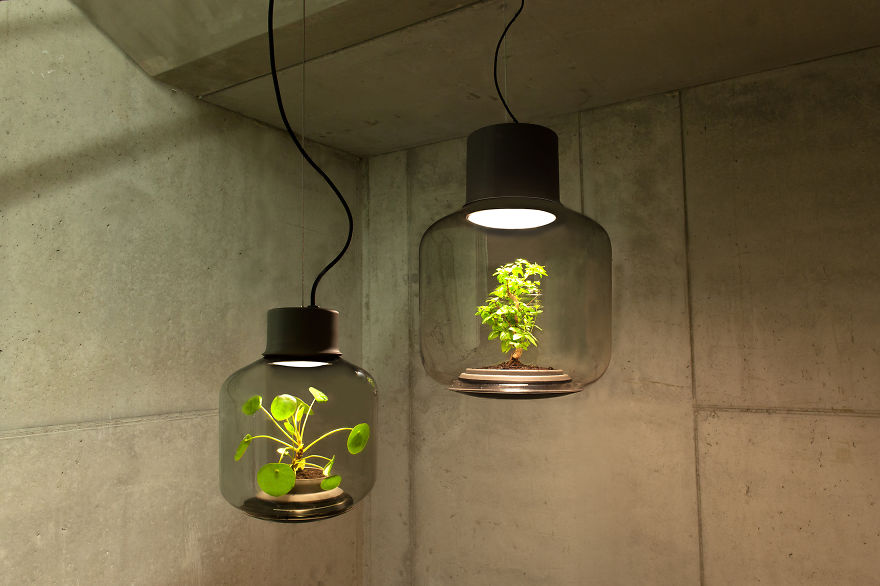
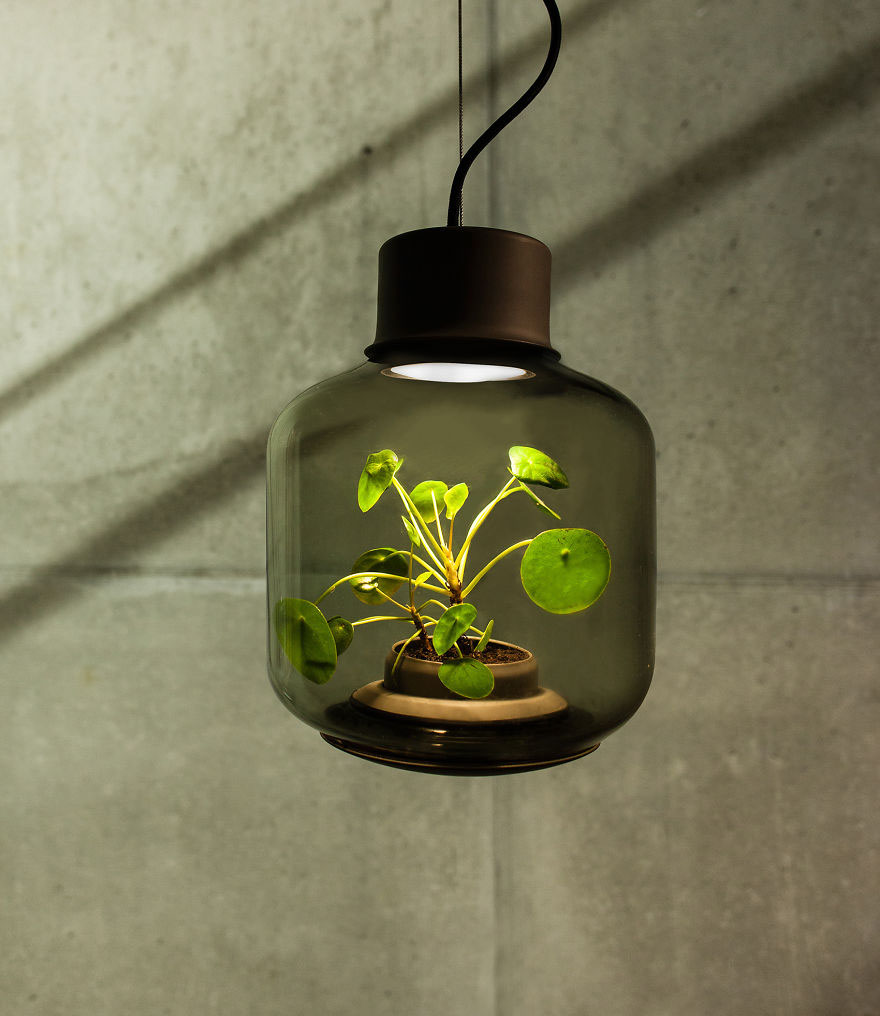
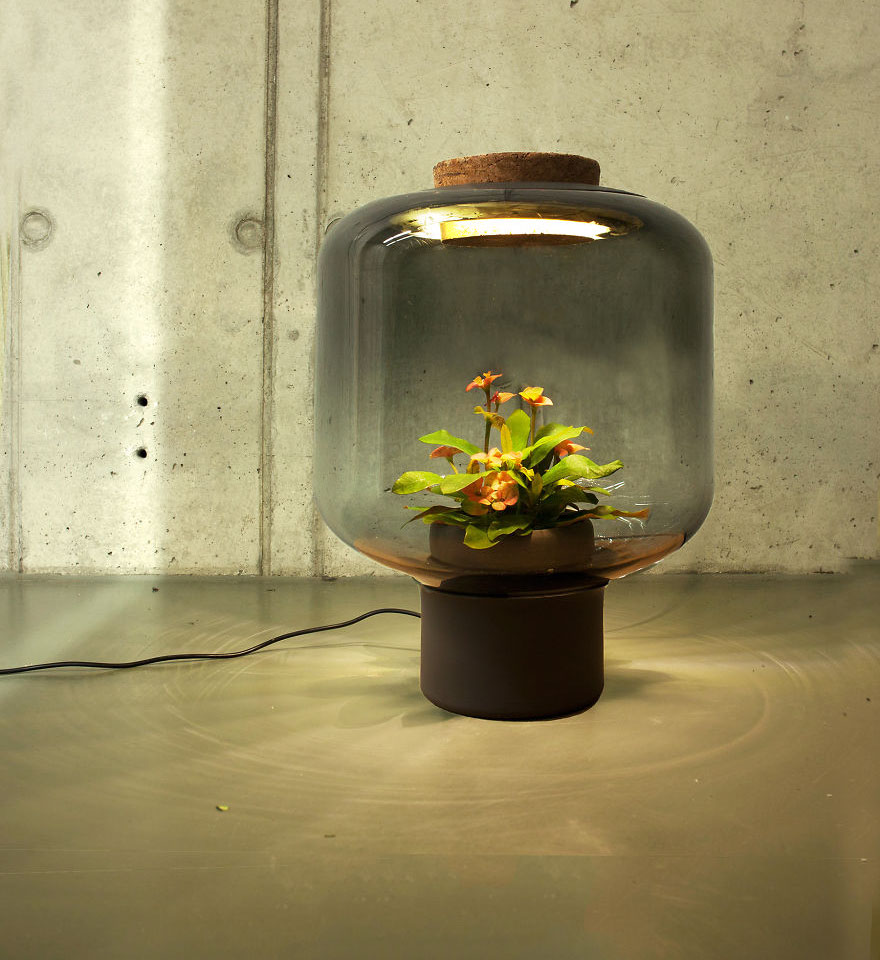
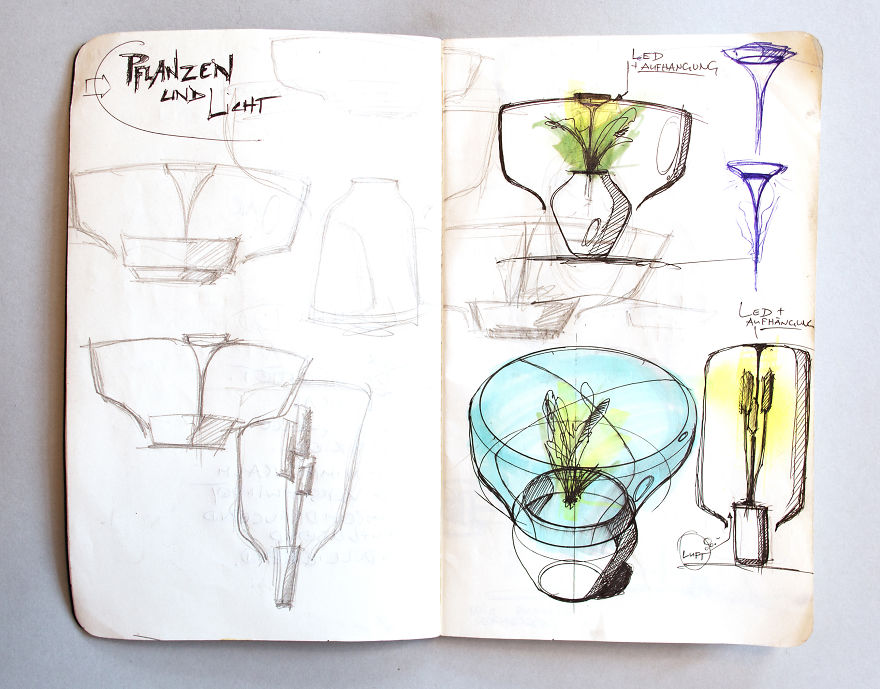
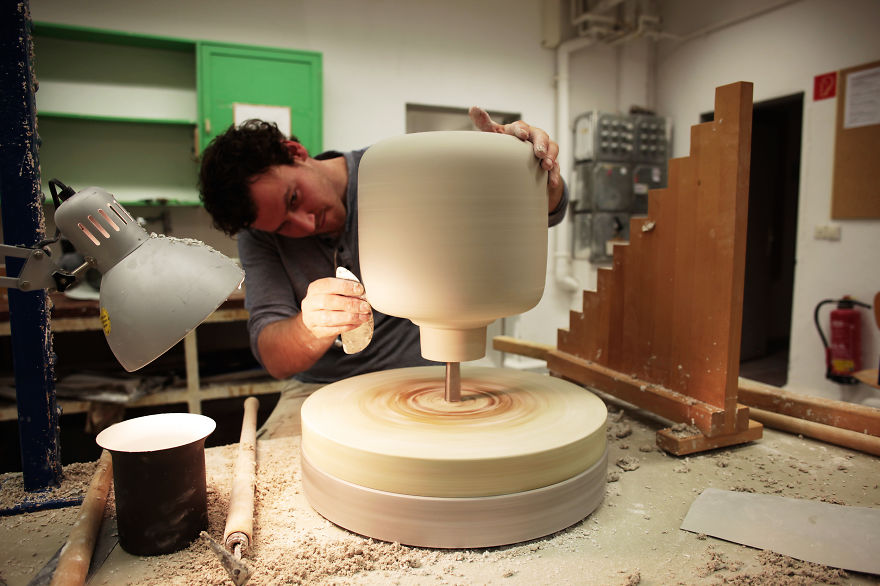
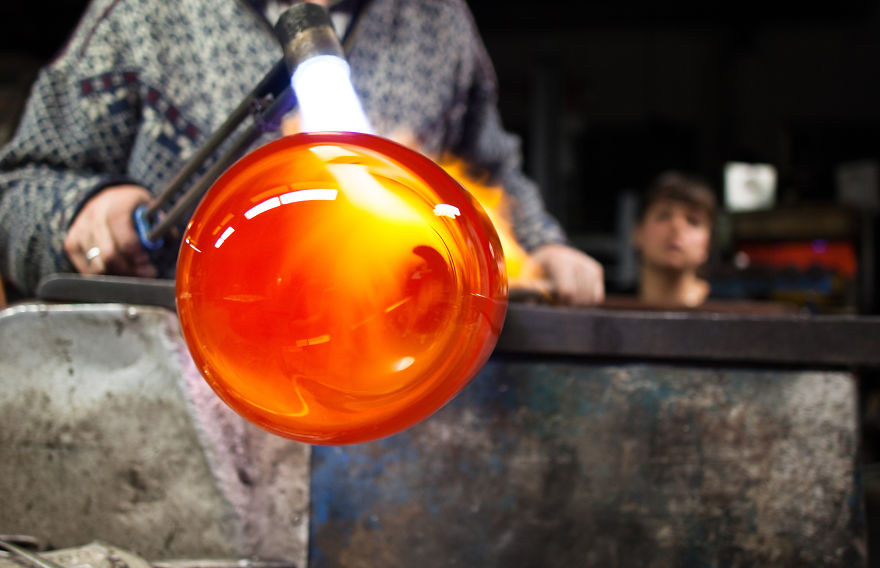
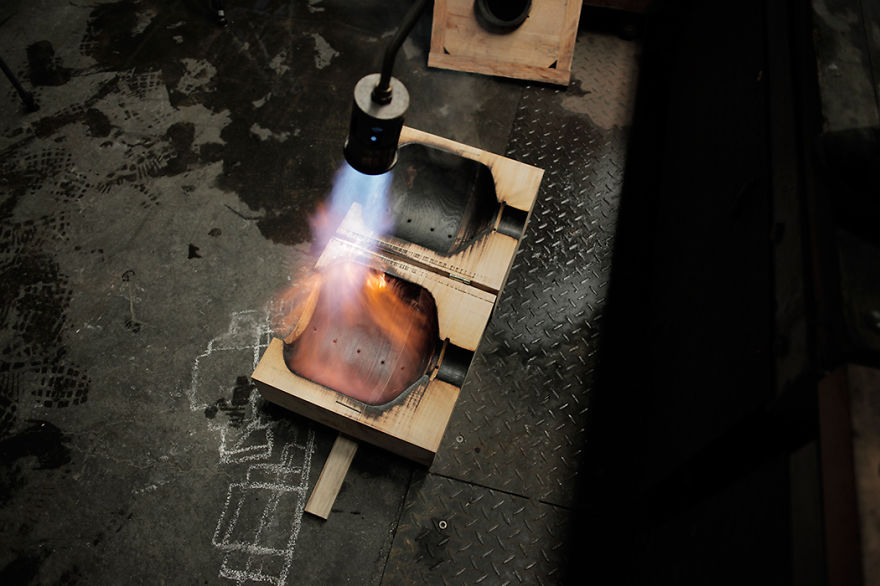













545
25